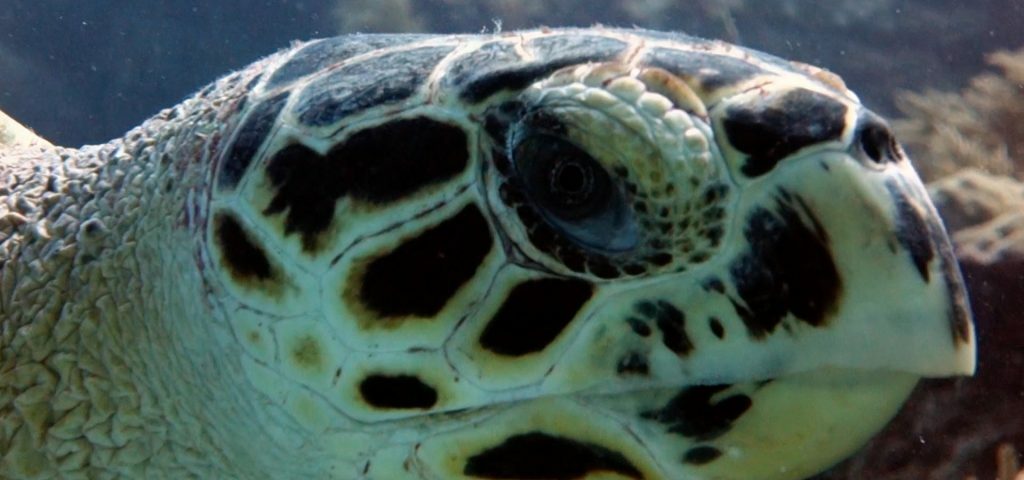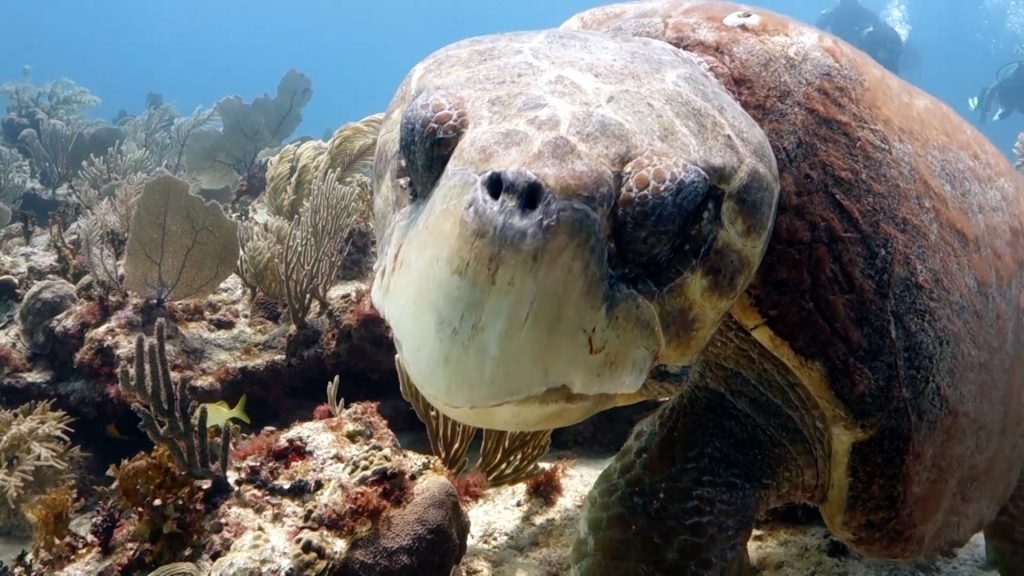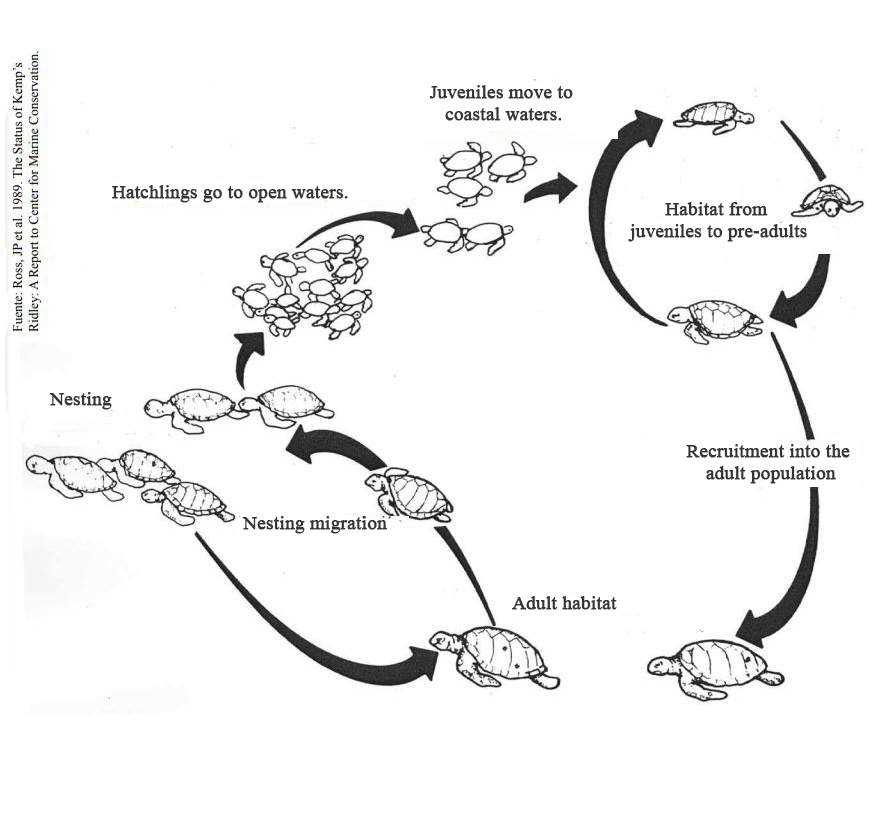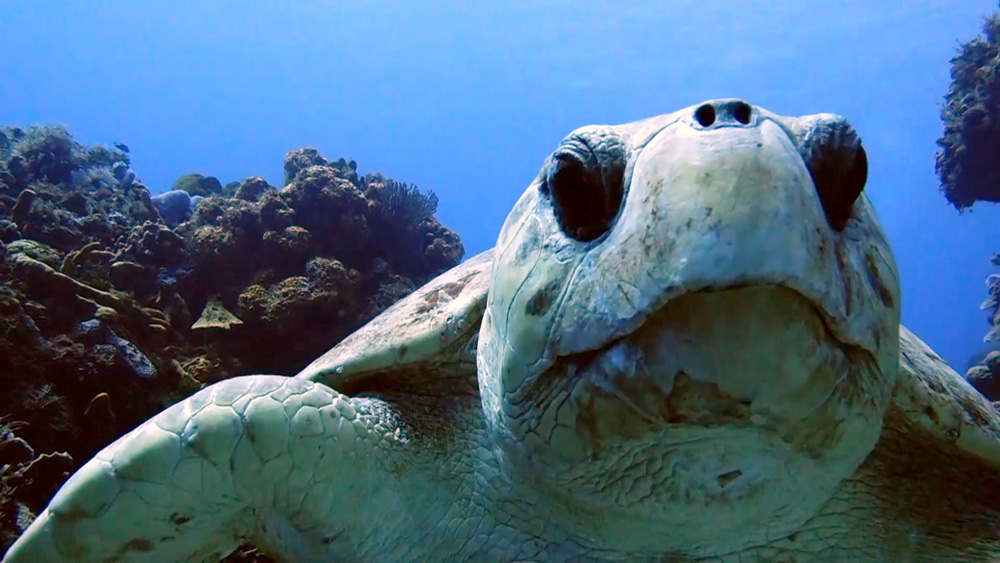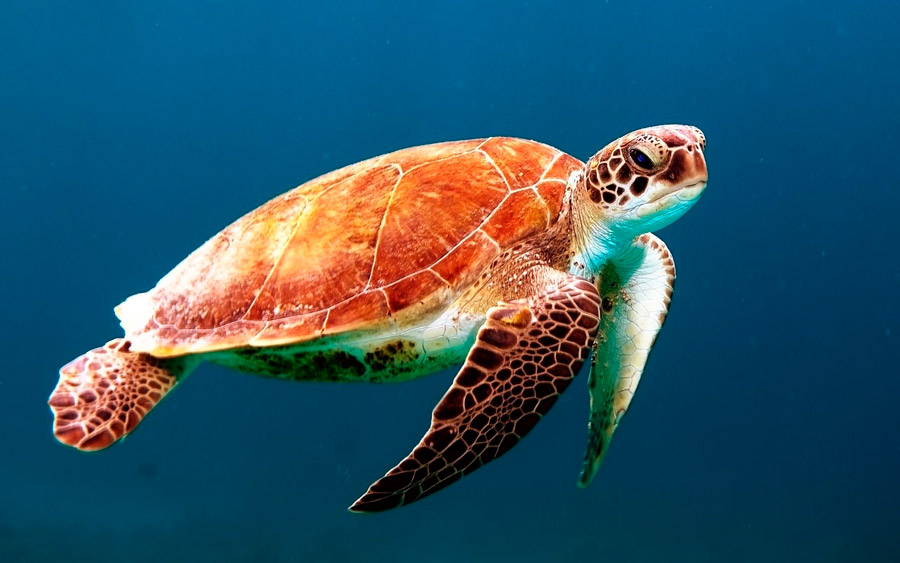It doesn’t matter if we are diving or snorkeling; we only need to see one of the Caribbean Sea turtle to feel the enthusiasm.
Yes, we love Caribbean Sea turtles. They bring a smile to our faces. They give us a topic of conversation with other divers. But beyond that, they make us feel connected, part of a whole with the sea and nature, so the more we know about them, the more we enjoy seeing them.
We tell you about Caribbean Sea turtles, how many species there are, how to tell them apart, and many more things and facts. Continue reading, and enjoy.
The Incredible Caribbean Sea turtles
Scuba Diving, the Caribbean Sea, and their marine animals have a lot of stories to tell. All of them, Caribbean Sea turtles too and it started a long time ago. The first turtles were on the Earth more than 200 million years ago. The oldest sea turtle fossil is 112 million years old.
These primitive reptiles evolved, some by adapting to the terrestrial environment. Another group had to adapt to the aquatic habitat. Marine turtles did it, developing a hydrodynamic shell.




